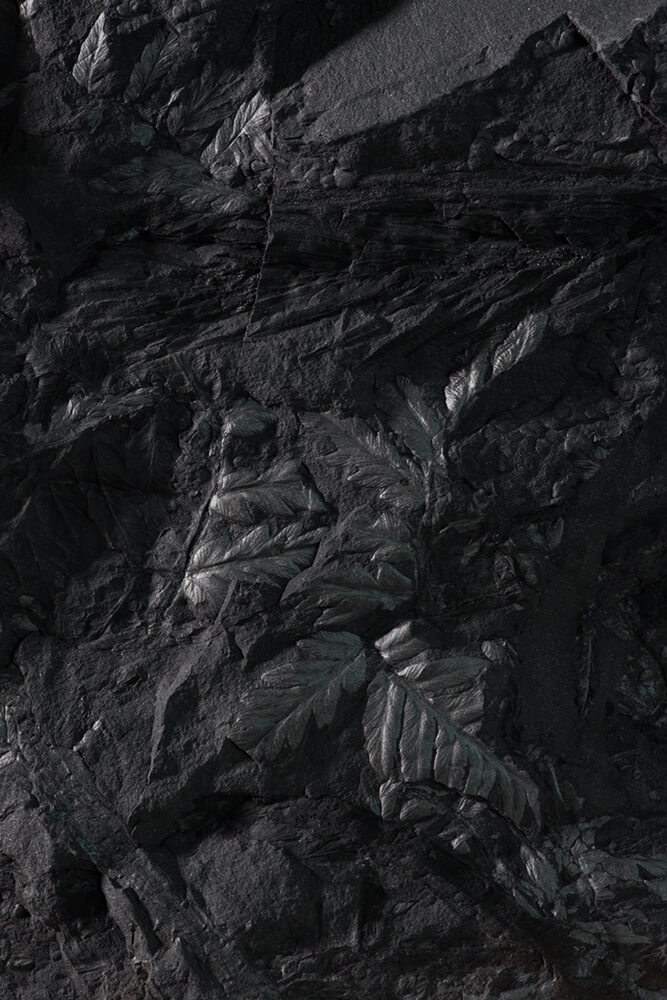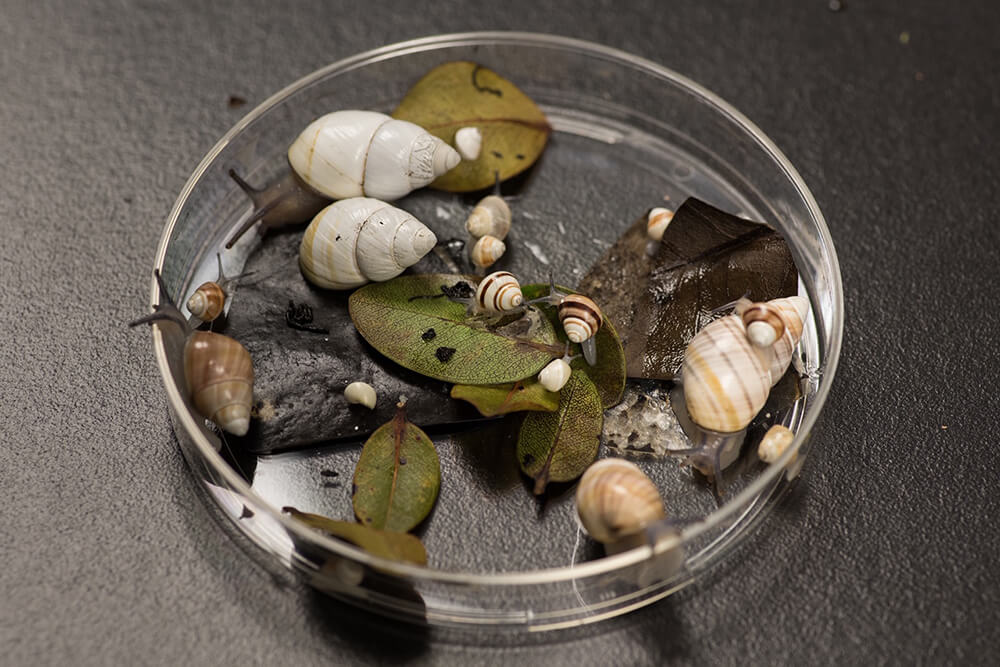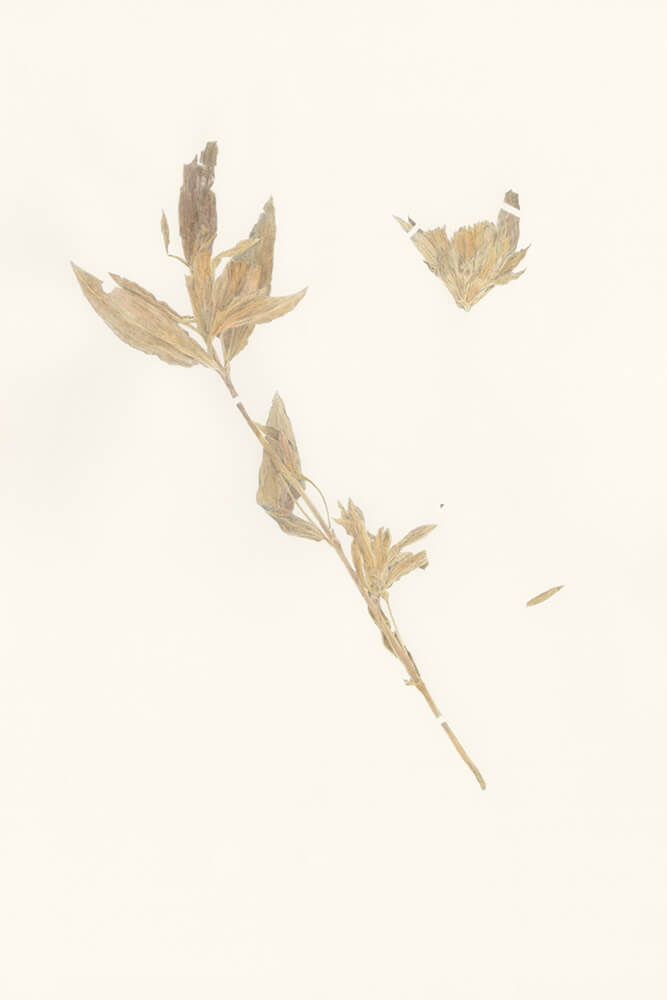
Lost Ecosystems
Discovering the origin of the ecosystems for the new relationship between humans and non-human species.
Interview with artist Michael Wang.
Article by Maritima01
Michael Wang (b. 1981) lives and works in New York. His practice uses systems that operate at a global scale as media for art, addressing climate change, species distribution, resource allocation and the global economy. Wang’s work was the subject of solo exhibitions at LMCC’s Arts Center at Governors Island, New York, US (curated by Swiss Institute, 2019) and at the Fondazione Prada, Milan, IT (2017), and was included in Manifesta 12 in Palermo, IT (2018) and the XX Bienal de Arquitectura y Urbanismo in Valparaíso, CL (2017).
In 2017, he was a recipient of the Joan Mitchell Foundation Painters & Sculptors Grant.
The fundamental idea of all your creative process / research? How did you come to it?
My work comes out of the tradition of “systems aesthetics” from the 1960s and 70s. My works never stand alone—they are rather interventions within external systems: ecological, technological, or economic systems, for example. When I enter into a system or systems, I must first learn how the system operates, what are its key components. Then, I must find a way to work as an artist within this system. “Am I making an intervention into the composition of the atmosphere?”Is my work creating new relationships between humans and non-human species? Am I putting on display the economics and distribution of natural resources? I have worked with carbon offset companies. I have learned to cultivate specific species of plants. I registered as a steel importer to complete a work in which I returned to New York City steel from the original World Trade Centers that had been recycled as scrap abroad following the attacks of September 11, 2001.
Tell us a bit about your studio and work: where and how you work, any rituals/habits you have to start a creative process/work, what is the most important/favorite/precious thing for you in your studio?
So much of my work engages non-traditional materials and processes—the components of the systems within which I work. Half of my studio space is outdoors: this is where I experiment with many living things, in particular plants. Last year I spent over twelve months growing species of plants known historically from New York City but which are no longer found growing autonomously within the city. After exhibiting these species within a series of greenhouses, they were planted in public gardens in Manhattan – returning the species to the places they once grew wild. But they are now under the perpetual care of gardeners, as they cannot survive on their own without assistance. For these living materials, studio work is not only creative—but an active and ongoing practice of care-giving. The rituals of the gardener are therefore a part of my studio practice.
What is your opinion on the importance of the dialogue between scientists and artists (science and art)? Why is this necessary?
Science underpins a modern conception of the world. Scientific concepts activated through technology have shaped this world. A systems view is fundamentally a scientific and technologically informed point of view. My work is both indebted to and critical of these systems. As contemporary subjects, we are embedded within these structures. But they are often invisible or seen as the exclusive purview of experts. As an artist, I want to make these structures more visible and more felt. Sometimes, events in the external world suddenly bring these systems to the fore. The global spread of COVID-19 has awakened so many more people to the science of epidemiology and the inter-species origin of viral pathogens.
How do you work/would like to work with scientists for your creative process?
When I begin a new work there is always a steep learning curve—I must immerse myself in a field or fields in which I do not have expertise. Working with, and learning from, scientists has been a very important means to enter into these unfamiliar territories. I have been able to actively collaborate with scientists for some works as well. In the work Differentiation Series, I worked with a stem cell researcher to create micrograph images of artificial stem cells, which I subsequently hand-painted according to a color-mixing system inspired by the differentiation of human cells. When this work is exhibited, the scientist uses these works on paper to describe her research. At the same time, an art historian presents a competing talk from an art historical perspective (often touching on the history of color theory). Art and science discourses merge here, but not always harmoniously.
Your most intresting/current project ? What was the message of the project? What artistic expression did you get?
I am involved in a series of projects that continue my interest in the sources of modern energy. I have completed a number of works focused on the relationship between the ancient forests of the Carboniferous Period and the production of coal. I am now looking into the production of shale gas (fracking), nuclear power, and hydroelectric power.
Your very particularly thing for inspiration?
I am often interested in the invisible (or overlooked) origins of everyday things. Where does our electricity come from (powering the laptop I am writing on at this very moment)? Where does the water from the tap come from? What is the wild ancestor of the tomato I am eating as part of my lunch?
Are you involved in any exhibition at the moment? How is going? What do u think about virtual visit expo?
Several exhibitions are in limbo right now because of restrictions to control the spread of COVID-19…
Tell us about your memorable experience in art Residence? Where it was?
I was very lucky to do a residency in Hawaii (Trades-AiR). This was an important site for my research into species extinct in the wild. Hawaii in an incredible place with many endemic species. While some of these species are now extinct, long-standing conservation work has saved or preserved many of these unique species. I was particularly interested in those species maintained solely in cultivation or captivity, including a number of rare terrestrial snails.
What is your dream project?
The project “Extinct in New York” (for which I cultivated and re-introduced species that no longer grow wild in New York City) is, I hope, the beginning of a series of works focusing on the lost ecosystems of several modern cities. Some of my early research has uncovered many unique urban natural histories—orchids found only in Hong Kong, or the great diversity of butterflies once found in Singapore, for example. I would like to create permanent installations–public gardens, perhaps—for the cultivation or nurture of these species, returning them to the urban spaces they once called home.







